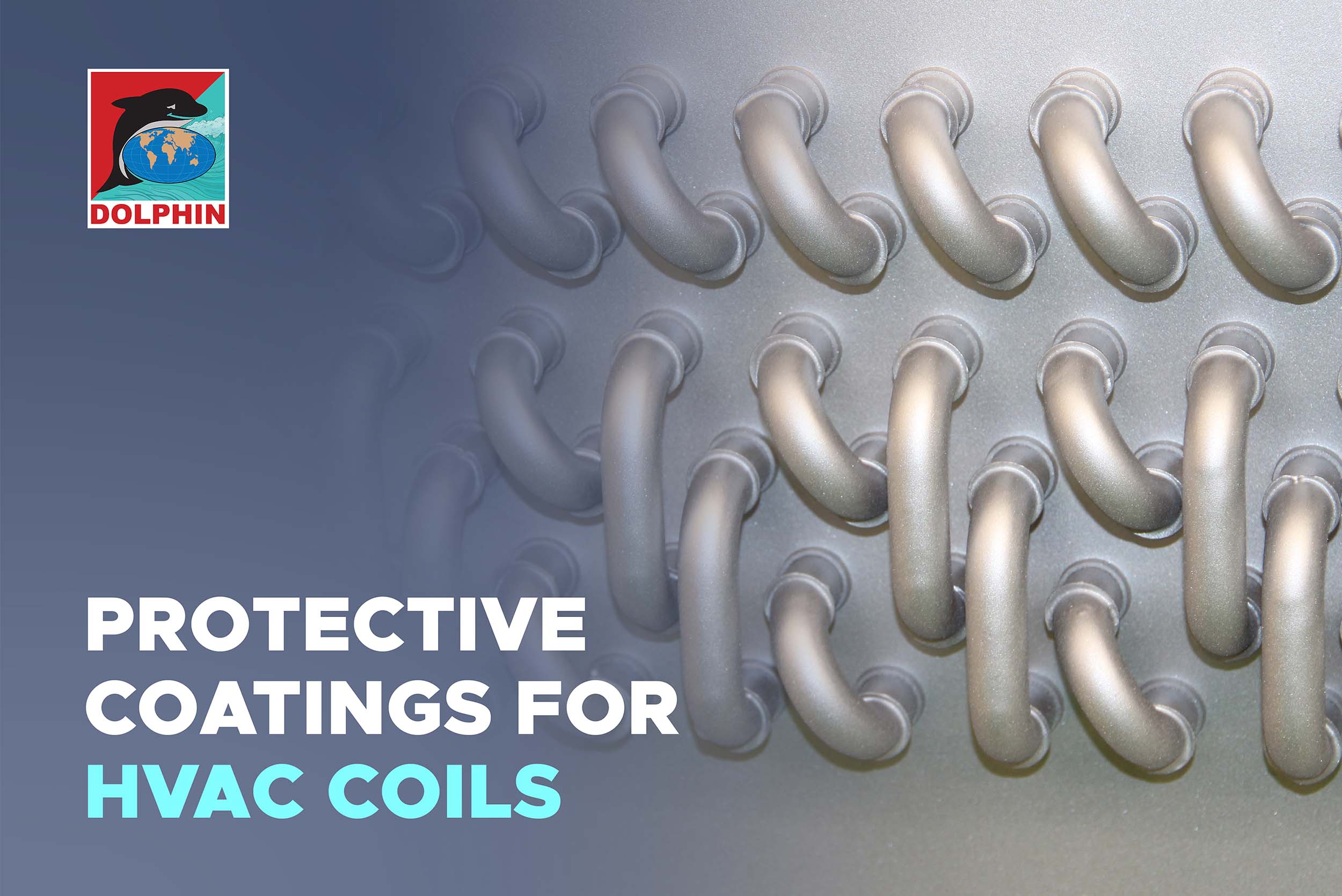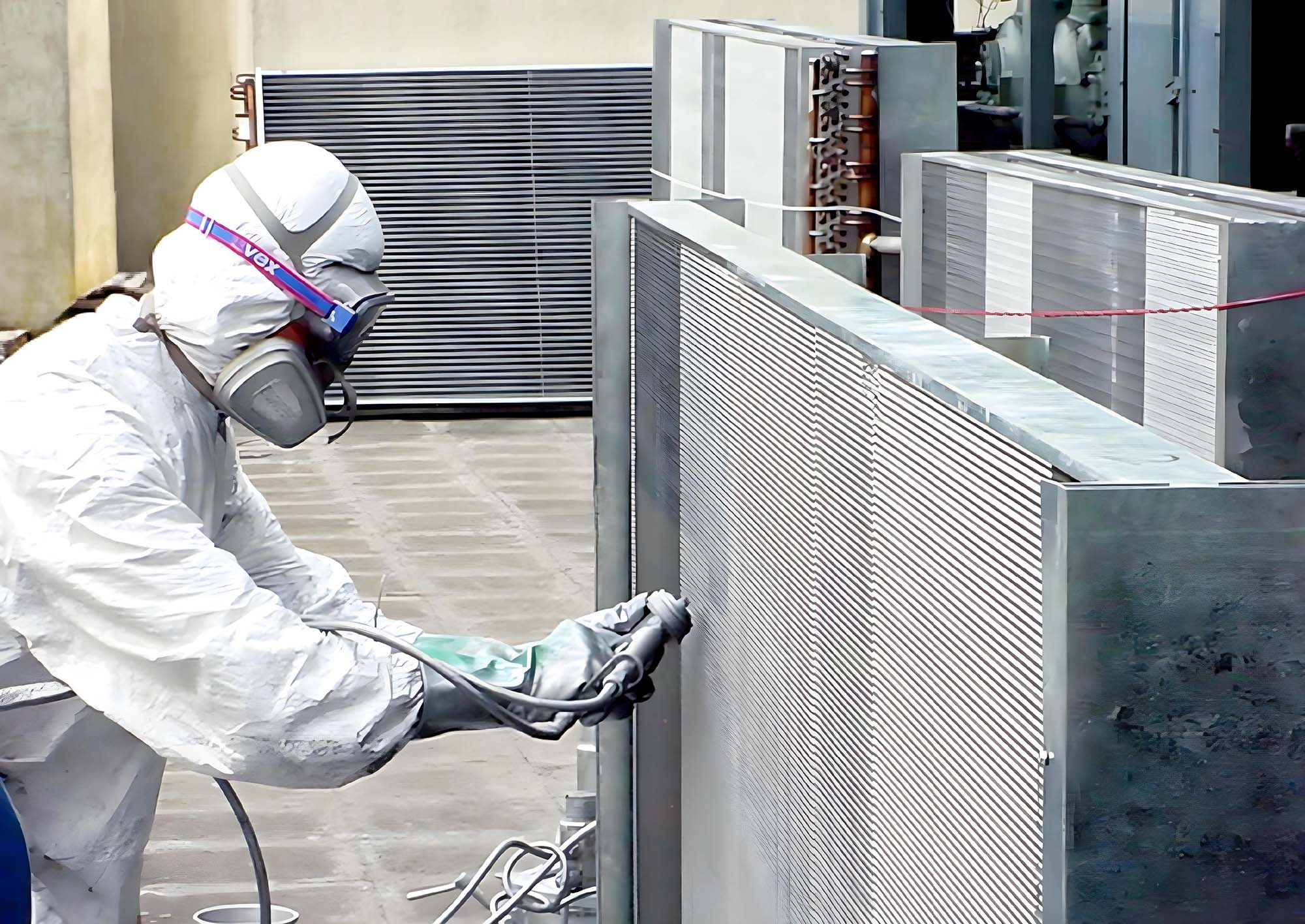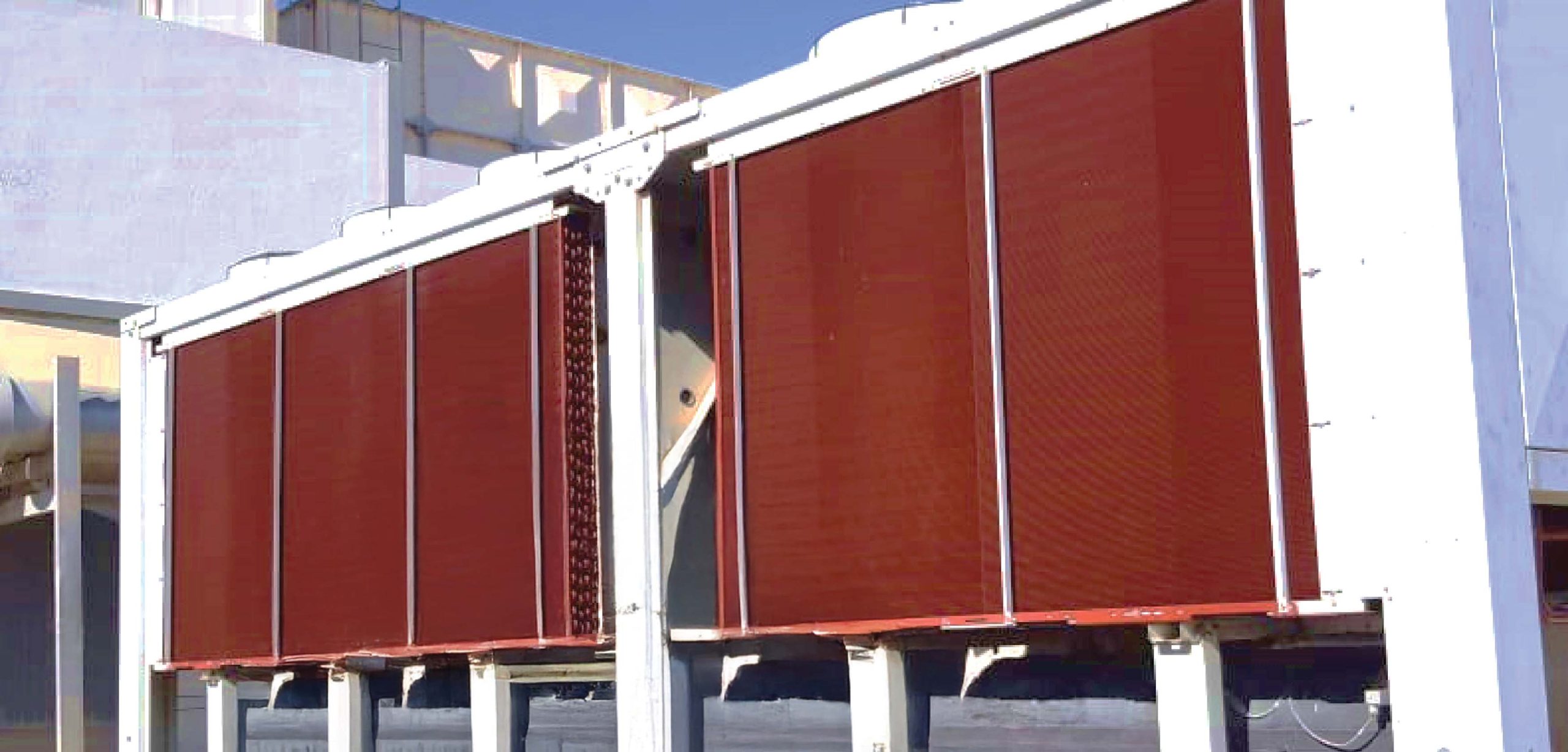
Protective Coatings for HVAC Coils: Extending Life and Performance
HVAC systems in the GCC and Middle East face some of the toughest conditions in the world. High humidity, airborne dust, and salt-laden coastal air can quickly wear down unprotected coils, leading to corrosion, efficiency loss, and costly replacements. That’s where protective coil coatings come in.
In this blog, we’ll explore what these coatings are, the types available, and why they are essential for keeping systems reliable in harsh environments.
What Are Protective Coil Coatings?
Protective coatings are specialized treatments applied to HVAC coils to shield them from environmental damage. These coatings form a barrier that resists corrosion, fouling, and chemical exposure. By doing so, they extend the service life of coils and maintain system performance over time.

Types of Coil Coatings
Epoxy Coatings
Epoxy-based coatings provide a durable, chemical-resistant layer. They are often used in industrial applications where coils are exposed to pollutants or cleaning agents.
Polyurethane Coatings
Lightweight and flexible, polyurethane coatings are effective against moisture and general wear. They are common for residential and light commercial systems.
Phenolic Coatings (Heresite and Thermoguard)
Phenolic-based coatings, including Heresite and Thermoguard, are designed for maximum protection in coastal and industrial environments. They create a strong barrier against salt spray, chemical exposure, and aggressive atmospheric conditions, making them a popular choice across the GCC.
Phenolic Coatings (Heresite and Thermoguard)
Phenolic-based coatings, including Heresite and Thermoguard, are designed for maximum protection in coastal and industrial environments. They create a strong barrier against salt spray, chemical exposure, and aggressive atmospheric conditions, making them a popular choice across the GCC.
Anti-Fouling Coatings
These coatings prevent dust and biological growth from sticking to coil surfaces, keeping airflow steady and reducing the need for frequent cleaning.

Benefits of Using Protective Coil Coatings
- Corrosion Resistance: Extends coil life by protecting against salt, humidity, and chemical exposure.
- Energy Efficiency: Clean and protected coils maintain heat transfer efficiency, lowering operating costs.
- Reduced Maintenance: Anti-fouling properties mean less frequent cleaning and servicing.
- Lower Lifecycle Costs: Delays expensive coil replacements, improving return on investment.
Where Are Protective Coil Coatings Used?
- Coastal Environments: Hotels, resorts, and marine applications exposed to salt air.
- Industrial Facilities: Plants dealing with chemicals, dust, or corrosive gases.
- Commercial Buildings: Malls, airports, and offices where downtime must be avoided.
- Data Centers: Precision cooling systems that require consistent coil performance.

Protective Coatings in the GCC and Middle East
Across the GCC, coils face unique challenges: coastal salt exposure in the UAE and Oman, heavy dust in Saudi Arabia, and mixed industrial environments in Qatar and Kuwait. Protective coil coatings like Heresite and Thermoguard ensure systems continue performing despite these harsh conditions, making them a standard recommendation for long-term reliability.
Unprotected coils can fail years earlier than expected, especially in the demanding climates of the GCC and Middle East. Investing in protective coil coatings such as Heresite and Thermoguard not only extends equipment life but also improves energy efficiency and reduces maintenance costs.
For consultants, facility managers, and contractors, specifying coated coils is a proactive step toward reliable HVAC performance and lower lifecycle costs.
